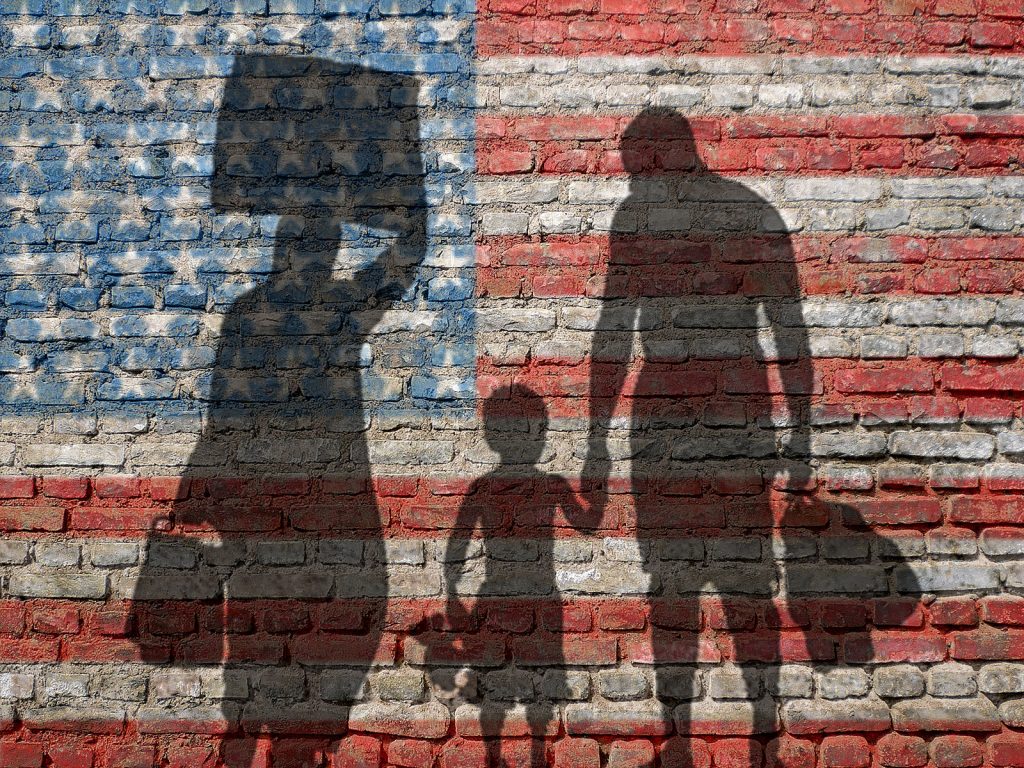
If Donald Trump has been consistent on any policy issue going back to his presidential campaign, it’s been on the construction of a wall along the nation’s southern border with Mexico. “Build the wall” has been a popular chant at Trump rallies going back to 2015.
So it was natural and predictable that the President declared victory in late July when the Supreme Court ruled that the administration could go ahead with a plan to re-direct appropriated military funds for the construction of a border wall. And initial media reports portrayed the ruling as a decisive win for the border wall.
But while the Court’s ruling was undeniably a victory for the Trump Administration, the full story is rather more nuanced. The Court’s decision does not, in fact, represent a final legal approval for the wall. Instead, it’s a temporary ruling giving the Administration the go-ahead to begin construction of the wall while the full legal process plays out.
The Power of the Purse?
The irony of the heated conversation surrounding the President’s border wall is that the controversy is, at its heart, about as simple and long-standing as disagreements in a democratic society gets. The President wants to spend money on something, and Congress does not. The American system of government was created in large part to peacefully resolve exactly those sorts of disagreements.
That’s the core legal issue in the current litigation over the border wall. The Constitution provides Congress with the so-called “power of the purse -” the ability to levy taxes and appropriate money according to its priorities. The President can push for his priorities and veto spending bills he doesn’t like, but Congress has the final authority on taxing and spending.
In 2019, and after a lengthy government shutdown, the President signed a spending bill that did not include funding for his border wall. But having lost that battle, the President immediately turned around and declared a state of emergency at the border, a declaration that – in the view of the White House – empowered him to re-direct already appropriated military funds for a border wall.
The Sierra Club and other environmental clubs, represented by the ACLU, filed suit in federal court, alleging that the President’s initial move to re-allocate $2.5 billion toward the wall was unconstitutional. The suit met with initial success – a district court blocked the administration’s move. The administration appealed, arguing that the plaintiffs weren’t entitled to judicial review, while also asking the Ninth Circuit to issue an emergency ruling allowing the wall construction to move forward while the question was being litigated. The Ninth Circuit said no.
The administration had better luck at the Supreme Court, where they won a 5-4 order (along the predictable ideological lines) temporarily staying the district court’s ruling. The Court’s one-paragraph ruling did not weigh in on the full merits of the case – the majority merely ruled that the government had shown a “fair possibility” it might eventually prevail.
Again, the Court did not provide the wall with a permanent imprimatur. Work can begin on four contracts already handed out to private companies. The underlying legal case will continue at the Ninth Circuit, where the ACLU has said it will seek an expedited hearing.
Other Developments at the Border
At essentially the same time the Supreme Court’s ruling on the border wall came down, the administration announced a “third country agreement” with Guatemala. The agreement requires refugees who pass through Guatemala to apply for asylum in Guatemala first before attempting to do so in the United States. The agreement is aimed at preventing migrants from El Salvador and Honduras from reaching the American border.
Guatemala is itself a small, poor country, and the President publicly threatened economic punishment if the country didn’t sign on to the agreement. Strongly dependent on trade with the US, Guatemala was not in a position to win or even survive an economic war with the United States, and Guatemalan President Jimmy Morales eventually signed the agreement.
As with many policy initiatives pushed by the Trump Administration, the consequences of the third country agreement remain up in the air. Guatemala is riven by violence and economic depression, and, as Foreign Policy reported in the story linked above, hundreds of thousands of Guatemalans have themselves applied for asylum in the US. The country simply does not have the resources or the infrastructure to handle an influx of migrants from other Central American nations.
From the moment the President was inaugurated his administration has worked to make the asylum process as difficult as possible, even though migrants have the right under US law to apply for asylum in the United States. Asylum was already a lengthy, time-consuming process that usually went against the asylum seeker, even before the President took office.
The “emergency” at the border has always been more a product of the administration’s efforts to sow chaos than a naturally occurring phenomenon. Whether or not a few sections of the President’s wall go up along the southern border, longer term policy changes are necessary if the country will ever have a sane, humane immigration system.



Leave a Comment